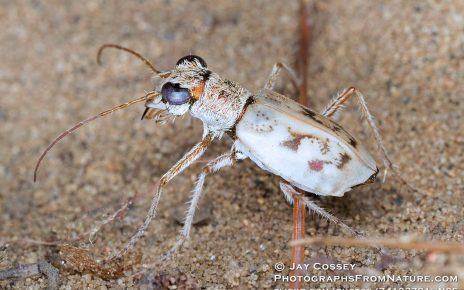Operations Plan 2009-2018
The first Operations Plan for 2009-2018 defined the St Williams Conservation Reserve Community Council’s priorities and activities needed to meet the five management objectives.
Natural Heritage Protection & Restoration 2009-2018
The Community Council’s focus on Natural Heritage during the first operational plan period included: Replica Watches Shop
replica tag heuer watches
rolex replica uk
- About half of the pine plantations areas have been thinned to advance regeneration of natural ecosystems
- Priority sand barrens were a focal area for targeting invasive species
- Eight Prescribed Burns were completed to restore priority oak savanna habitats
- Signage was installed to increase compliance with regulations and reduce harm to sensitive habitats
Cultural Heritage 2009-2018
The Community Council’s focus on Cultural Heritage during the first operational plan period included:
- Protecting the legacy of the Picetum area that contains important spruce research plantings and
- Supporting the efforts of the St Williams Forestry Station Interpretive Centre to preserve and communicate the history of these lands as part of Canada’s first forestry station.
Education 2009-2018
The Community Council’s focus on Education during the first operational plan was to:
- Create an informative website and Facebook presence
- Produce educational materials for primary and secondary schools
Recreation 2009-2018
The network of authorized trails was defined in 2006. Since then, MNRF has made changes to the authorized trails in response to requests from user groups, e.g., mountain bikes and walkers/hikers at Turkey Point Tract.
During the first operations plan period, the Community Council (CC) worked with MNRF to:
- Develop a code of conduct
- Maintain and improve signage in the trail network, including trail arrows on the multi-use horse and mountain bike trails
- Create designated parking areas
- Provide trail maps
Over the 2009-2018 Operations Plan period, we’ve become more aware of the impacts of trail density and human usage on the prime objective of The CR – protecting its natural heritage. User compliance continues to be a challenge; the use of unauthorized trails is endangering the species at risk and sensitive habitats we are trying to protect.
Research 2009-2018
We encourage research projects in The CR. Ongoing research includes studies by researchers from McMaster University, University of Toronto, University of Guelph, Bird Studies Canada, and the Ontario Forest Research Institute.
Research topics include: species at risk, carbon sequestration, variable retentions plantation thinning, and long-term pine and spruce tree collections.
The New Operations Plan for 2019-2028
A combined team from the Community Council and MNRF is updating The CR’s operations plan for 2019-2028.
The CR’s 10-year operations plan for 2019-2028 maintains the best of the previous plan and addresses today’s opportunities.
- The 5 management objectives are not changing, and the prime objective is still protecting and restoring the CR’s ecological integrity
- For each of the 5 management objectives, we define target goals and metrics so we can monitor and report on progress during and at the end of the 10-year plan period 2019-2018
- Priorities and activities are reviewed and updated for each management objective
- Our maps and Code of Conduct are also being reviewed and updated
The public can provide input into the 2019-2028 Operations Plan for St Williams Conservation Reserve in three ways:
- The 2017 St Williams Conservation Reserve Survey
- Through targeted consultations with recreational user groups taking place December 2017 – Feb 2018
- Review the draft 2019-2028 Operations Plan in late summer or early fall 2018
The 2019-2028 Operations Plan will be finalized by December 2018.



